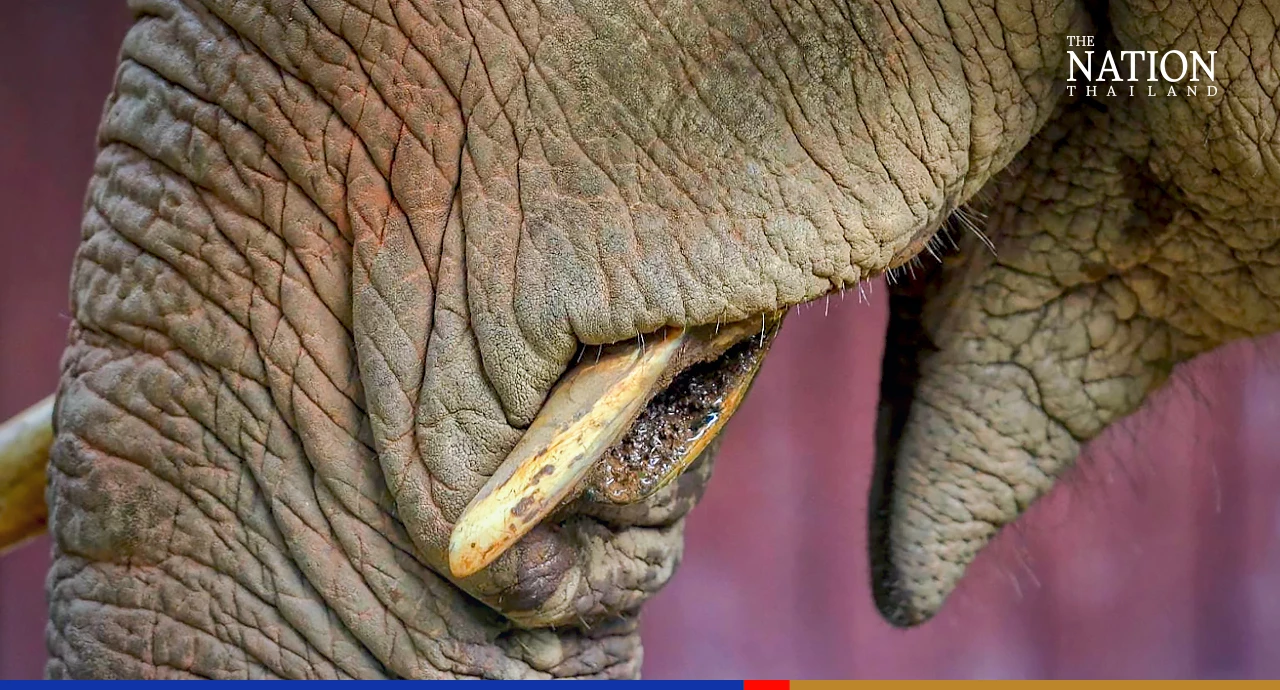July 5, 2022
BANGKOK – This is the second time that this elephant, which is also known as “Plai Diew Lub”, has sought help with its left tusk. The last time it had shown up was in March.
Chaiya Huaihongthong, who oversees the national park in Nakhon Ratchasima’s Pak Chong district, said the elephant appeared to be dizzy and had lost a lot of weight. Also, its tusks were broken.
He said he called Patarapol Maneeorn, a veterinarian at the Department of National Parks, Wildlife and Plant Conservation, to treat the animal.

Chaiya believes the elephant may have broken its tusks while sharpening them against rocks or trees, or in a fight with others.
He added that Plai Nga Diew can be treated without the use of anaesthetic because it is calm and friendly.

The vet, meanwhile, said the pain in the tusk may be due to the lack of calcium as many animals must consume minerals to build their bones.
“Hence we call on conservation groups or education institutions to work with national parks in creating salt licks so animals like deer and elephants can consume minerals to keep their bones strong,” he said.
He added that Plai Nga Diew had shown signs of improvement after receiving treatment, but is still under observation.


